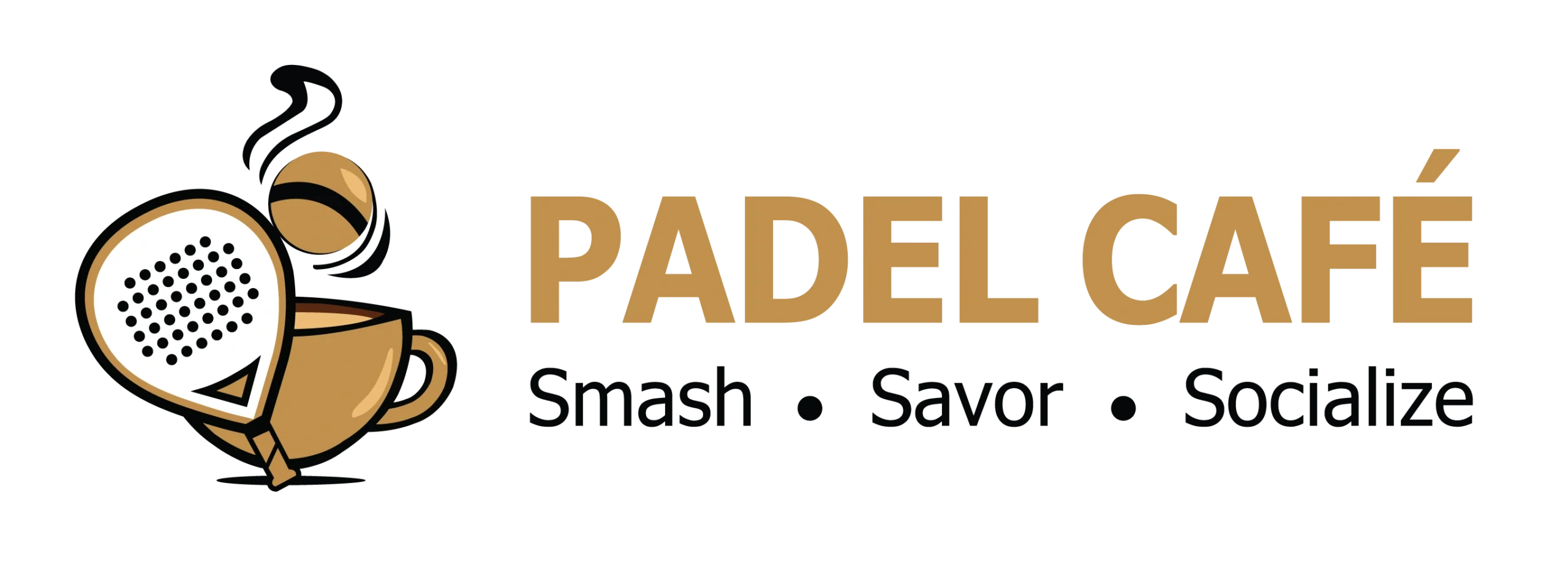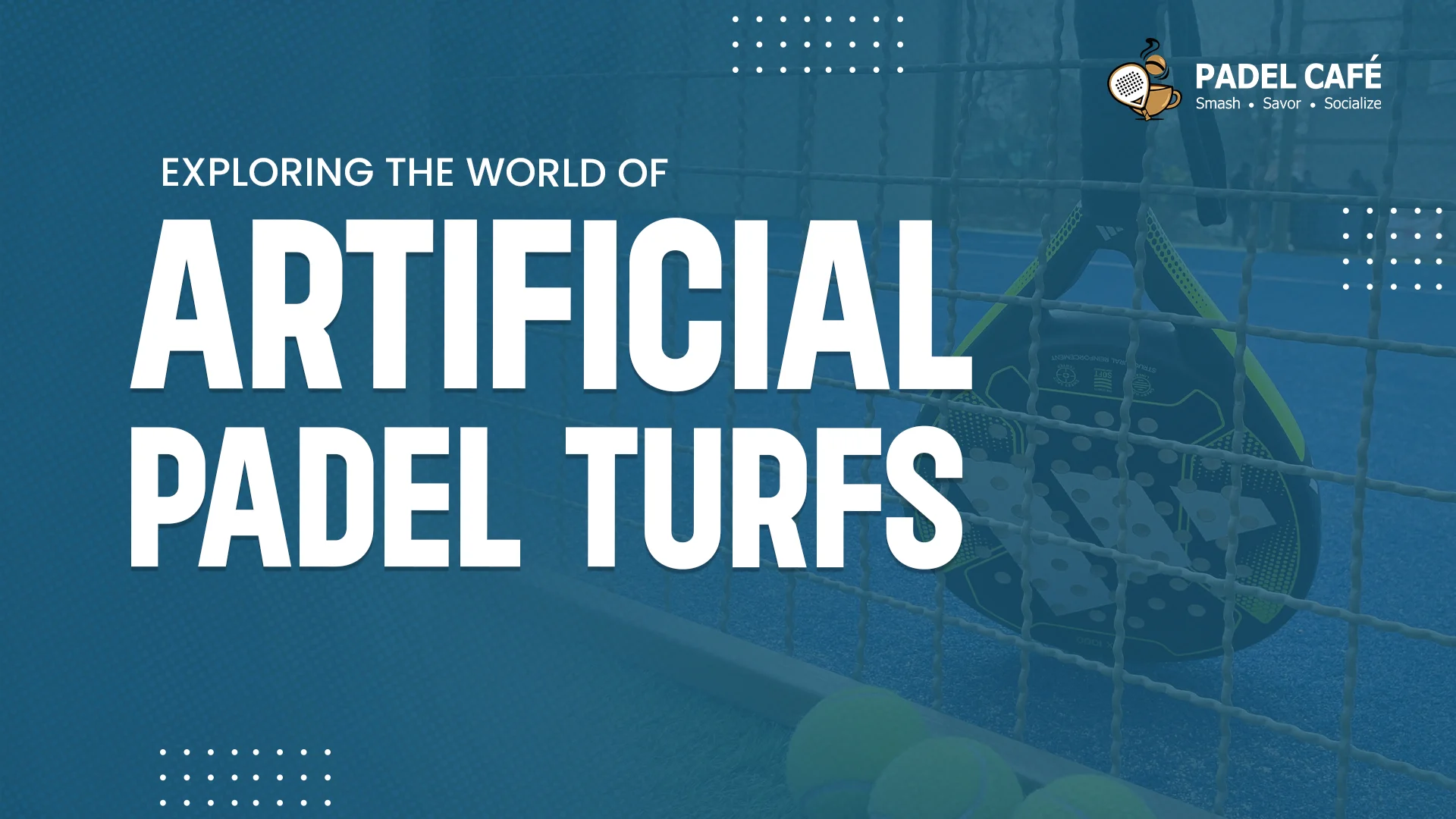Padel is a rapidly emerging sport, gaining significant traction among sports enthusiasts and even the public worldwide. The surface of padel courts (or more precisely, padel turfs) is one crucial element having a profound impact on the quality of the gameplay and players’ performance. Padel enthusiasts seek the next-generation padel courts since they know that these surfaces ensure an efficient game experience. This article throws light on the features, color options, and installation phases of artificial padel turfs.
Exploring the World of Padel Turfs
Let’s take a deep dive and explore more about padel turfs.
What is Padel Turf?
Let’s start with a basic understanding of these artificial turfs. These are special artificial grasses that are used as a top surface in the courts. It has a special texture offering a certain level of grip to the court’s surface. Also, this artificial grass contributes to providing excellent balance, safety, and enjoyment to the players and lets the ball bounce quickly and controllably.
Turf Color Options
Padel turfs feature a combination of aesthetics and functionality and are available in different color options. The game’s courts across the globe exhibit various colors that not only enhance the courts’ visual appeal but also let the players maintain a good focus during the entire game.
- Blue Turf: This colored turf gives a modern look, creating an energetic and dynamic vibe in the court.
- Green Turf: This one bears much resemblance to the natural grass, becoming a classic choice for many.
- Red Turf: Red-colored turfs are an instant attention-grabber, exhibiting a striking appearance.
Besides these, some other turf color options, such as black and purple, also exist but are not very common.
Features of the Turf
The following is a list of key features of the turf surfaces:
Key Specs
- Pile height: 10-15mm (height of artificial turf blades)
- Dtex: 9,000-10,000
- Yarn type: Monofilament or fibrillated
- Infill: Silica sand
- Primary backing: Polypropylene
- Secondary backing: Latex
- Stitch rate: 40,000 – 60,000
- Life span: 4 to 6 years (generally)
Benefits of the Padel Turf
Besides their aesthetic aspect, the turfs also feature technical benefits. The surface type has ideal characteristics that are necessary to maintain for players on the court to ensure swift movements and better control.
Here, we discuss the different benefits of padel turf. This will help gain a better understanding of the significance of court surfaces in ensuring a winning gameplay.
- Surface Consistency: Padel turfs should have a smooth and even surface. This helps maintain consistency throughout, allowing for quick moves and better control during the game.
- Comfort and Aesthetics: Artificial court grass serves as a means of providing a soft and forgiving playing surface. This softness helps avoid injuries. What’s more, the color vibrancy enhances the visual aesthetics and appeal, enhancing the inviting court environment.
- Durability and Longevity: The artificial grass surface in the courts delivers good endurance and durability. Some surfaces are even UV-resistant, retaining their color and quality for longer spans.
- Low Maintenance Requirements: Unlike natural grass, padel turfs exhibit low maintenance requirements and costs. They require no watering or mowing; instead, they are easier to clean and install and change when needed.
Padel Turf Installation Stages
The following are the steps for installing a padel turf:
1. Surface Preparation and Cleaning
The preparation of the court’s surface marks the beginning of the turf installation. The ground is properly levelled, removing the debris and the pre-existing surface. It’s then properly cleaned to ensure a smooth texture. The process is necessary to give a correct and even base level.
2. Surface Stabilization
Appropriate surface hardness and smoothness is crucial for ensuring the durability and structural integrity of the padel courts. It’s important to ensure that there are no uneven areas and irregular slopes on the top surface. Proper levelling of the surface is then followed by structural adjustments to ensure a robust and solid foundation.
3. Drainage System Installation
A well-functioning drainage system is essential to maintain playability in all weather conditions. It prevents water accumulation on the surface, ensuring player safety and optimal game performance. Padel Turf uses specialized drainage systems that allow water to flow through efficiently. Drainage pipes are installed beneath the surface to quickly redirect water, keeping the court dry and ready for use.
4. Placing Subsurface Materials
Appropriate subsurface materials are then chosen, which helps impart stability and flexibility to the padel turf. This subsurface comprises a solid base layer covered by a drainage-supporting layer. It’s necessary to ensure that it’s sufficiently firm to provide an even ball bounce while maintaining sufficient turf softness.
5. Padel Turf Installation
The installation of padel turf follows the placement of subsurface materials. These are customized in color and quality and are carefully laid and secured using binders and adhesives. The turf’s even application is crucial for ensuring a safe, non-slip playing surface for the players. Once in place, the turf’s look is completed with the necessary game lines and boundary markings.
6. Surface Testing
As the turf installation is completed, comprehensive tests are then conducted to check surface hardness and alignment. This contributes to a correct ball bounce and smooth court movements. Any necessary adjustments required are made during this stage to meet performance standards.
7. Final Touches
The last step involves checking the game lines and markings and completing other finishing touches. Extra installations, such as fencing, lighting systems, glass walls, etc., are completed at this stage, making the court ready for play.
Final Thoughts
A smooth padel game is an interplay of a number of factors, and a quality court surface is one of them. The court’s construction is not just like any minor construction. Instead, it also requires proper planning and accessory installations that contribute to an uninterrupted Padel match.
This article explains the key features and construction of the new generation padel courts. A quality court surface is one of the key factors behind successful padel tournaments. Hence, the surface’s overall quality and installation should never be compromised.



0 Comments